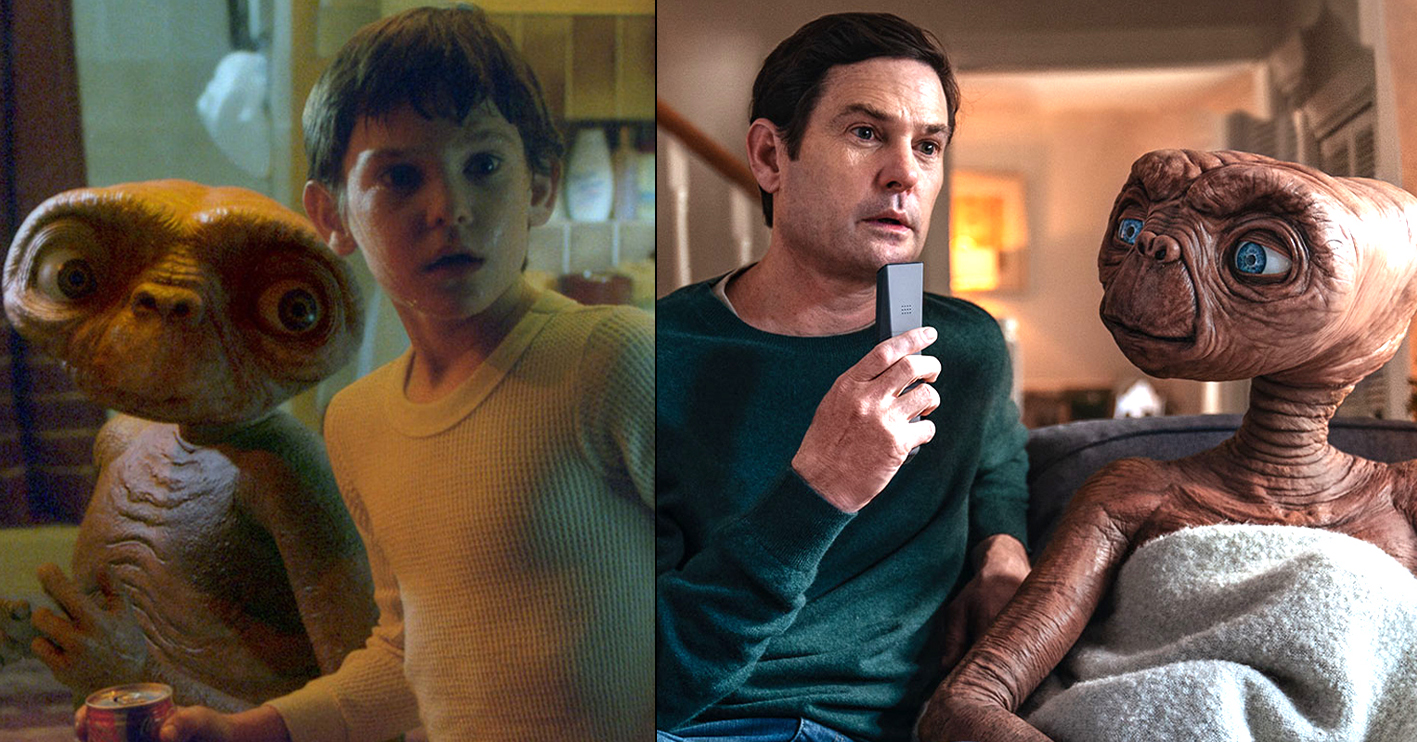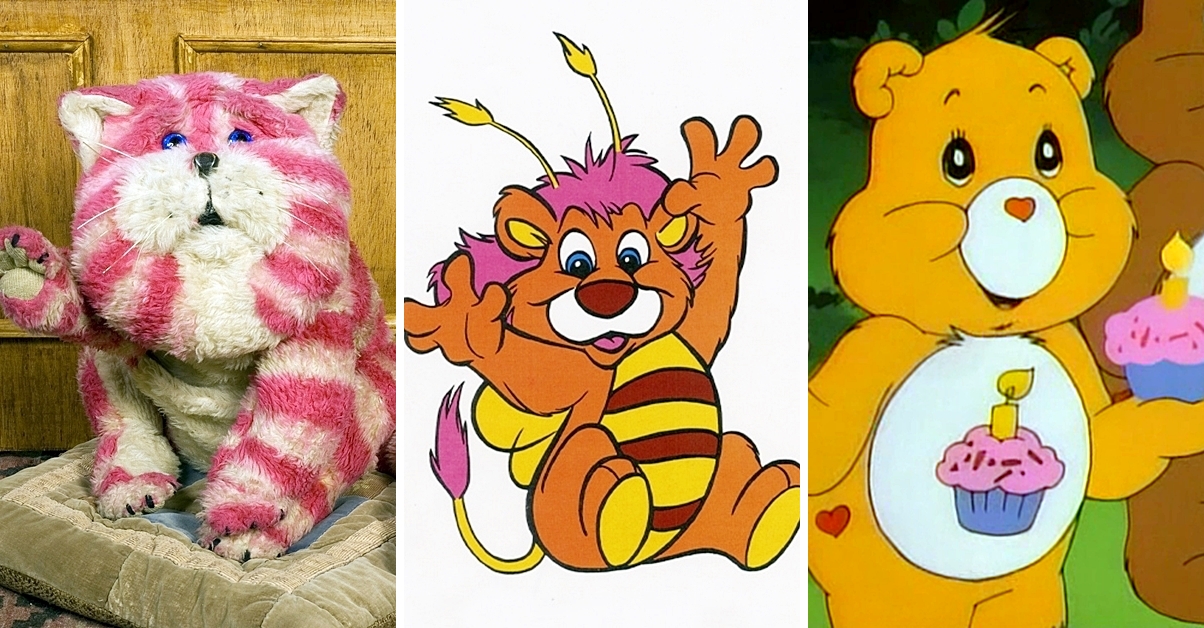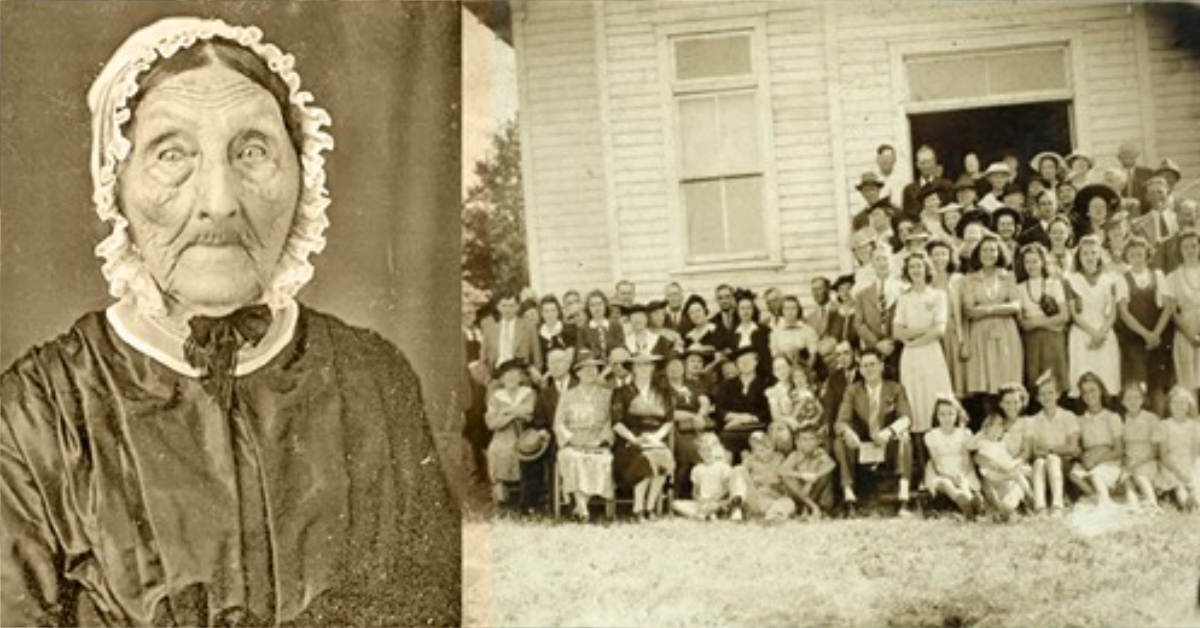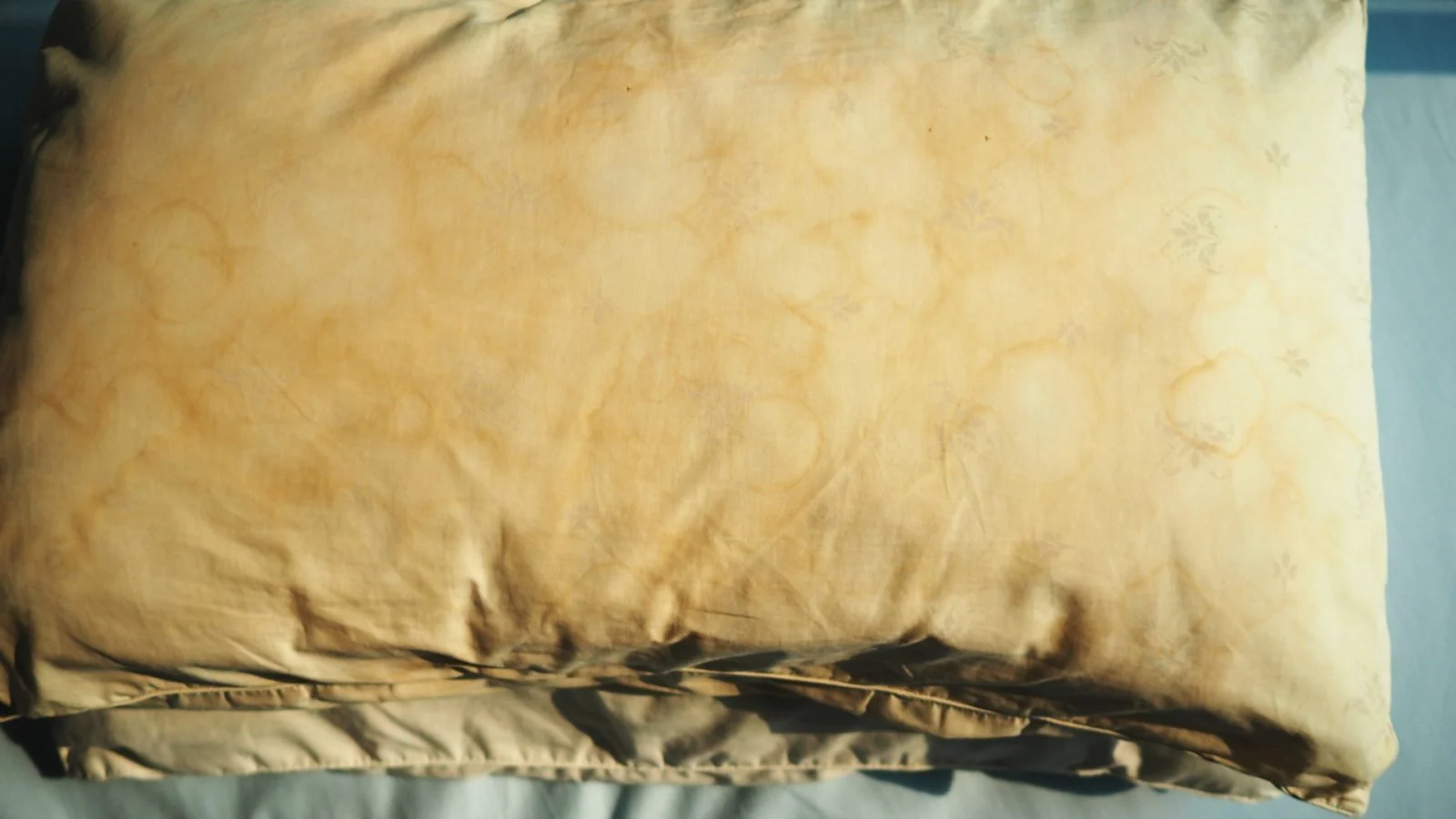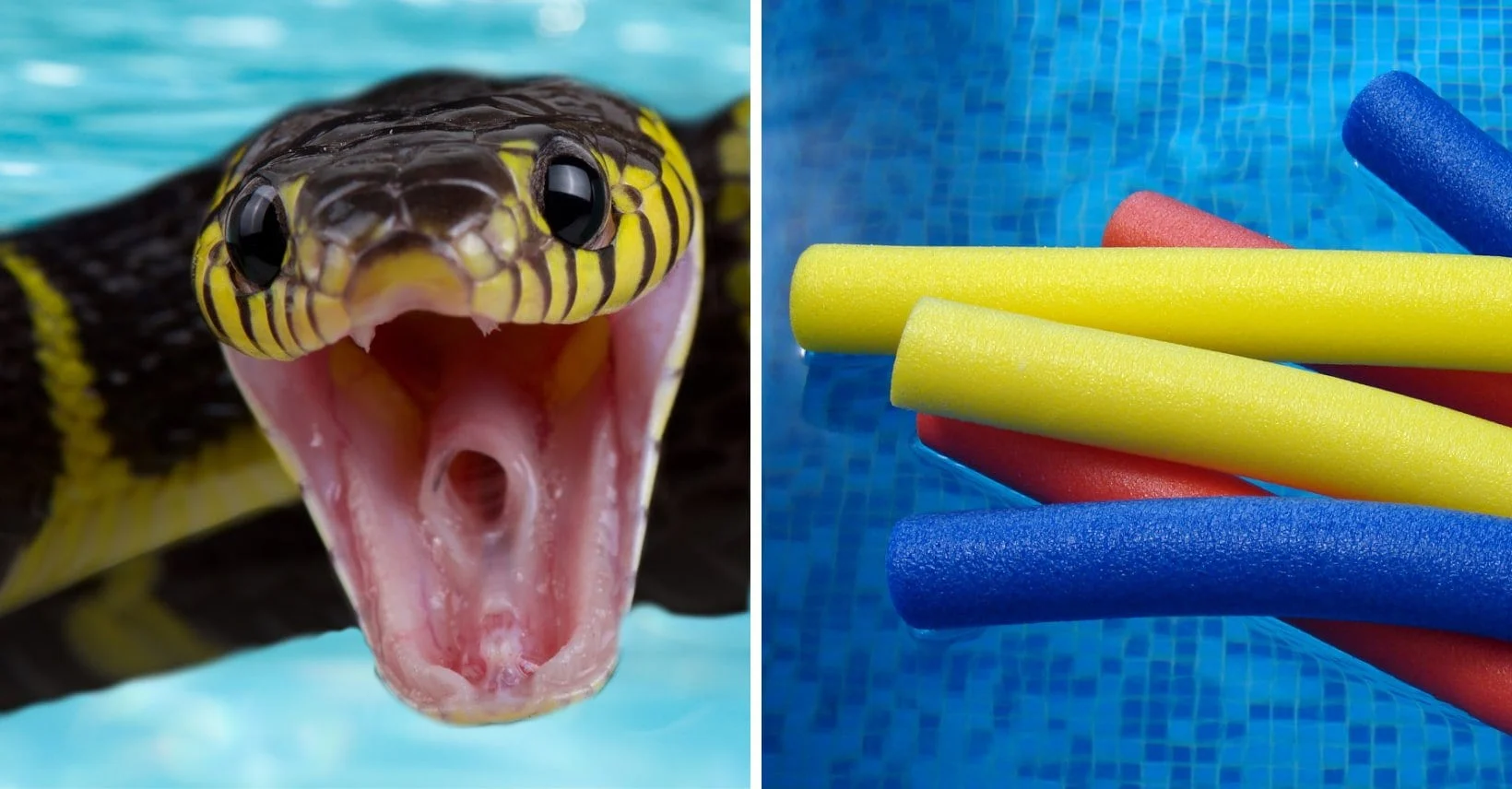It’s difficult to fathom a world without E.T., yet it’s surprising that a film about kids assisting an alien in returning home has become such a cultural staple. E.T. the Extra-Terrestrial is a heartwarming and exhilarating picture that established Steven Spielberg as a renowned director in the making, revealing a new, kinder side to the filmmaker behind edge-of-your-seat films like Duel and Jaws.
E.T. is a family film that still stands up today, thanks to a cast that includes Dee Wallace, Henry Thomas, and – most notably – Drew Barrymore. Here are some lesser-known facts concerning the phenomenal success.
12. It became the highest-grossing film of all time in 1983

Alien movies are a penny a dozen these days. In fact, they were so ubiquitous in the 1990s that they effectively destroyed the genre for nearly a decade. However, when E.T. was published, the notion was novel and thrilling, to the point where it shattered every prior cinematic record. The concept of aliens in a typical Earth environment was so appealing that it even surpassed the original Star Wars picture as the highest-grossing film of all time in 1983, with E.T. being the highest-grossing film of all time.
Director Steven Spielberg, on the other hand, was only getting started, as seen by the records established for the highest-grossing film after E.T. The small bug-eyed alien with the big brain was only dethroned from his throne a decade later, in 1993, by an even more popular Spielberg film, Jurassic Park. E.T.’s worldwide gross of $792.9 million was eclipsed by Jurassic Park’s $912 million – but Titanic, directed by James Cameron and released in 1997, buried them both (pun intended), as filmmaker James Cameron’s Oscar-winning picture became the first to gross over $1 billion at the box office.
11. E.T. is actually a plant, like Marvel’s Groot
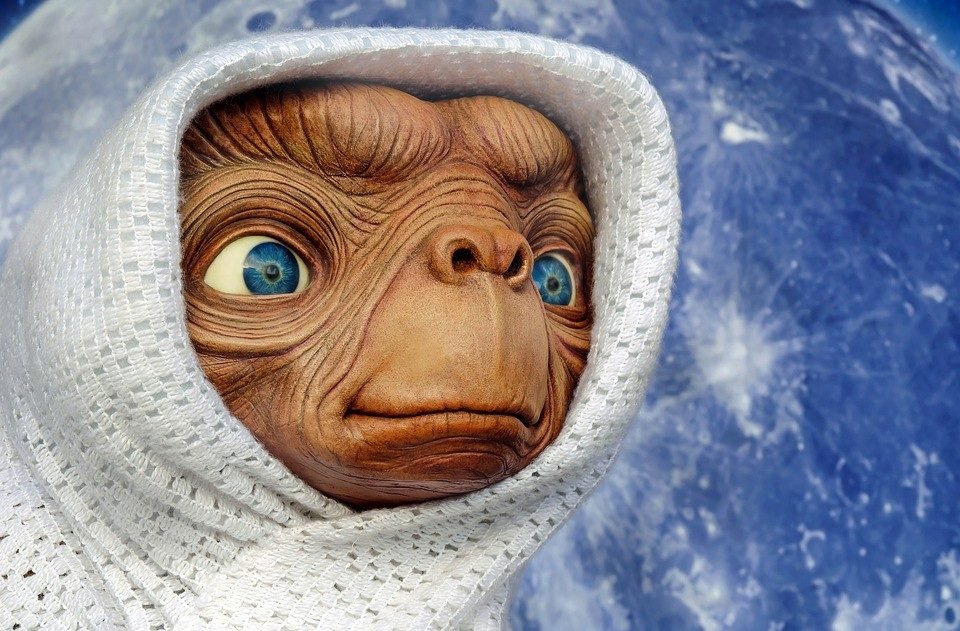
E.T. is a soft-spoken extraterrestrial with a childish disposition. He can converse with humans, but largely through gestures due to his limited command of the English language. People like him because of his large, endearing eyes, and there is more stuff of him than you could ever buy in a lifetime. Does this ring a bell? Groot (or, more particularly, Baby Groot) from Guardians of the Galaxy has suddenly become the loveable extraterrestrial that everyone wants on their walls, mugs, or teddies – but that’s not the only similarities between him and E.T. In the film, not much is told about E.T. himself – in fact, we never even receive a name – but if you dig hard enough, you can find some information.
E.T., for example, has a long life span and is millions of years old when we first meet him in the film. We may presume he will live a million more lives because he is safely returned home at the end of the film. Not only that, but E.T. is genderless, despite the fact that most people mistake him for a boy at first appearance. E.T.’s race was considerably closer to being plants than animals, according to Spielberg, which implies that E.T. is basically an adorable tree alien – exactly like Groot.
10. Spielberg made Drew Barrymore cry on set
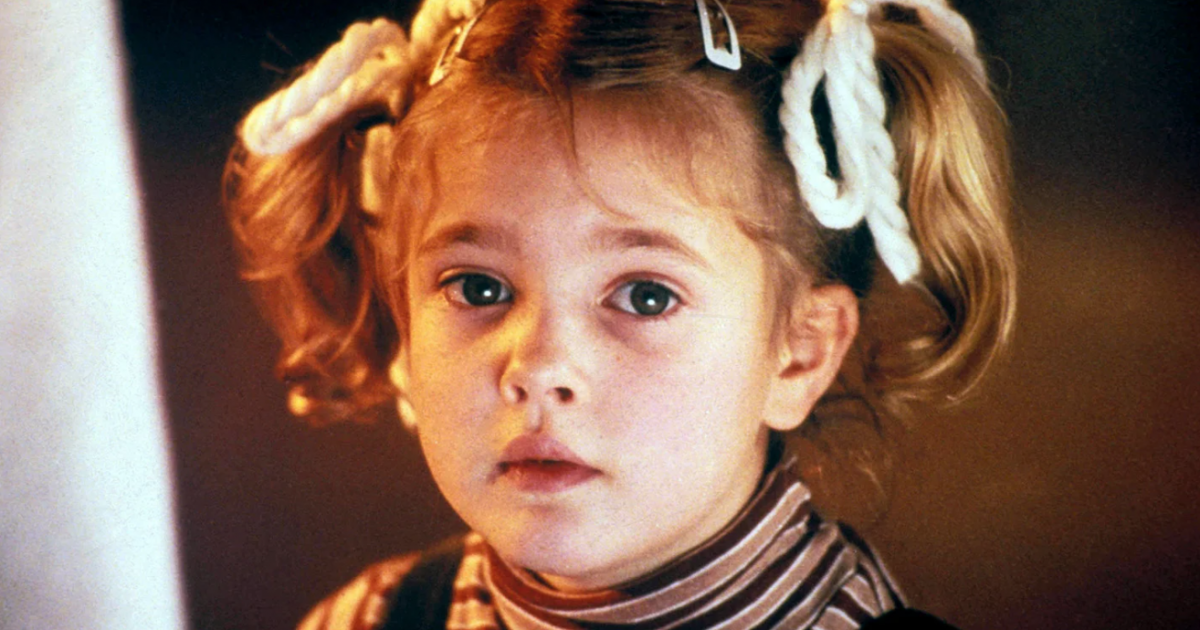
“Never work with children or animals,” is an ancient adage in the entertainment industry that applies to everything from television and cinema to radio and theater. Spielberg’s whole career has been founded on crafting entertaining stories that place children in the heart of the action, but it hasn’t always been easy. Drew Barrymore played Elliot’s younger sister Gertie, and he went on to have a hugely successful career as an adult. E.T., on the other hand, was one of her first professional assignments, and she was only seven years old at the time. Barrymore performed an excellent job for the most part, but things weren’t going so well on set one day. She became increasingly perplexed and distraught, and she repeatedly forgot her lines.
Spielberg, who was sitting in the director’s chair, simply believed Barrymore was teasing him. He eventually lost his cool and screamed at her, causing her to get upset and cry. Soon after, it was found that she had a high temperature and was genuinely quite unwell, prompting Spielberg to apologize and hug her. He should have quadrupled her compensation for that day as well.
9. Spielberg regrets the 20th anniversary special edition of the film
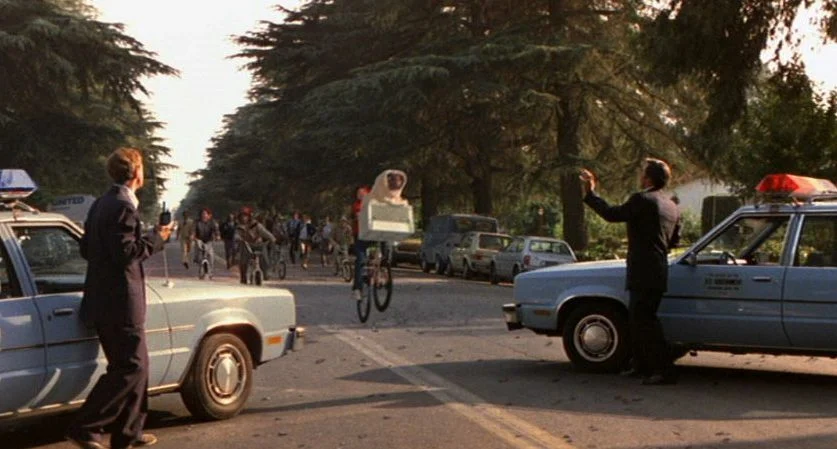
Steven Spielberg and George Lucas have had oddly similar careers. They both made out-of-this-world blockbuster pictures that were dark enough for adults yet amusing enough for kids, and they both collaborated with the legendary composer John Williams, to mention a few commonalities. With that stated, there is one significant difference between the two directors, and that is their stance toward digital upgrades. George Lucas became increasingly enamored with CGI and other computer effects in the early 2000s, prompting him to revisit his previous Star Wars films and make changes and additions utilizing the new technology. When Spielberg saw Lucas doing this, he decided it was the way to go, and in 2002, he released a digitally changed version of E.T. to commemorate the film’s 20th anniversary. As a result, Spielberg opted to cut some of the picture’s more scary components that he no longer thought were acceptable for a children’s film.
The re-release was basically the same, except that the guards’ firearms were digitally changed with walkie-talkies (notice the difference between the two photos above), and a number of scenes of the original E.T. puppet were replaced with a new CGI version of the extraterrestrial. Also, after 9/11, some speech was re-recorded to remove a single usage of the term “terrorist,” which was deemed too sensitive a subject. Many fans and critics were dissatisfied with the E.T. special edition. Soon after, Spielberg regretted his adjustments and promised never to edit or change his films after they were released again. The version of E.T. that is now available on home video is the original theatrical cut.
8. The E.T. voice actor smoked cigarettes to make her voice raspier
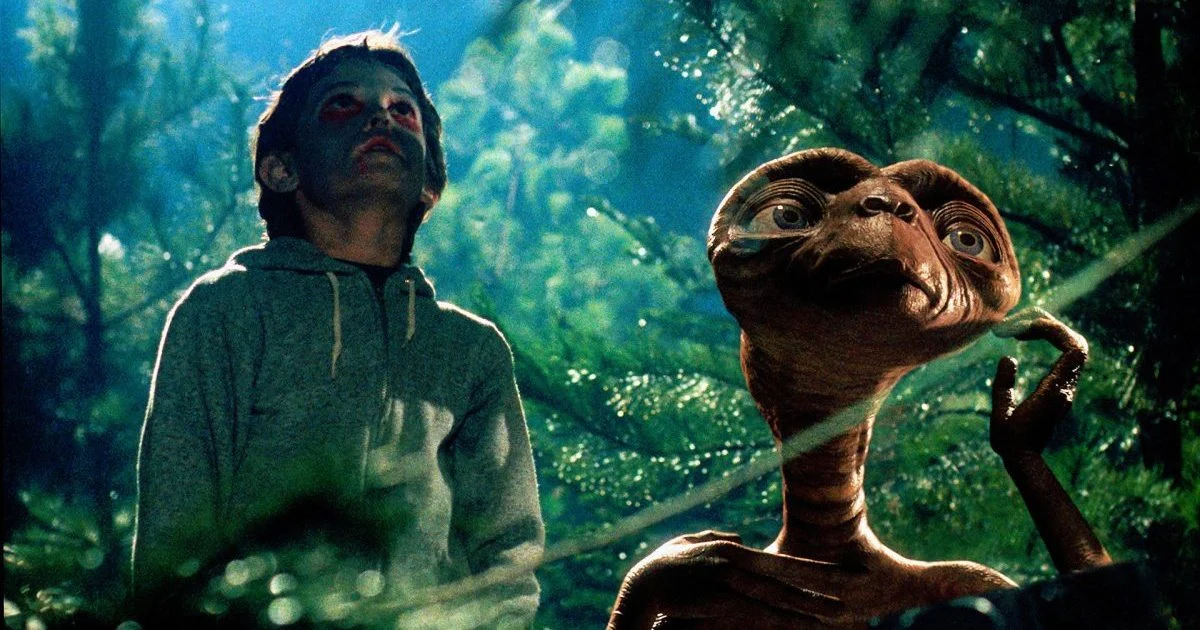
E.T. was made in a time before powerful digital effects were available, and many sound methods had yet to be established. This meant that everyone on site had to go outside the box to bring the tale to life, especially when it came to E.T. Spielberg selected Pat Welsh, a 67-year-old woman who had only one film credit (1940’s Waterloo Bridge) but had vast radio experience, as E.T.’s characteristic voice. Welsh has a raspy, unique voice. To make matters worse, she began smoking two packs of cigarettes per day while recording E.T.’s dialogue.
To give E.T. an authentic tone, the sound department included noises from animals like raccoons, sea otters, and horses. Welsh’s voice was later used in Return of the Jedi, when she played Boushh, a bounty hunter who was eventually revealed to be Princess Leia in disguise.
7. E.T. was brought to life through a combination of puppeteering and small actors in suits
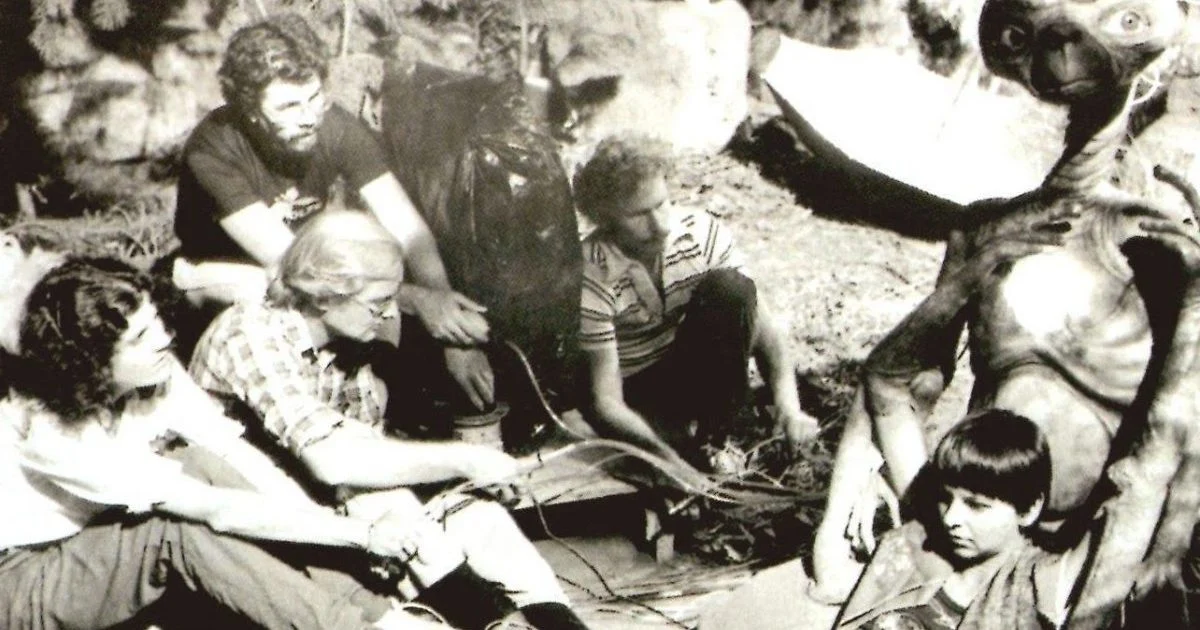
The filmmakers faced unusual challenges when filming E.T., which they overcame in inventive ways. The main actor that brought E.T. to life was actually a puppeteer, who was able to blend very well with the rest of the cast since he was only around three feet tall. When puppeteering wasn’t an option, such as in the kitchen sequences of the film, a real E.T. suit was employed. Three different tiny individuals wore the costumes throughout the shoot, one of whom was born without legs but could walk easily on his hands, which was great for E.T.’s trademark body motions.
The noises E.T. makes when walking were created by squishing jello into a damp t-shirt. Gross. Furthermore, Spielberg made a point of filming the majority of the picture from low perspectives in order to effectively tell the tale from the perspective of E.T. and the children.
6. Henry Thomas won the role by breaking down thinking about his dead dog in his audition
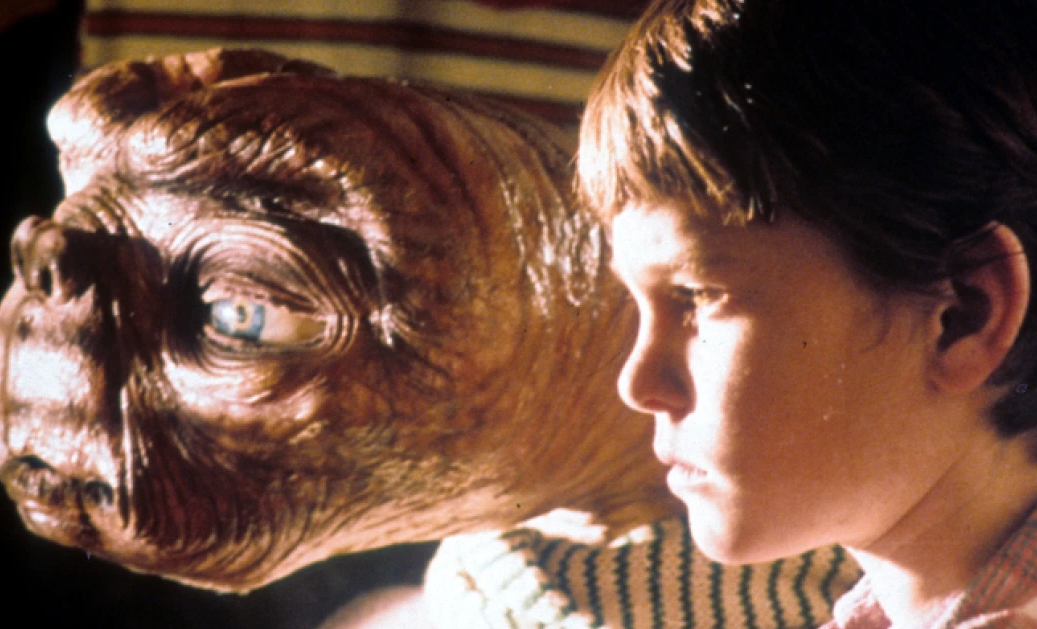
Casting children is a challenging procedure that can be difficult to master, but it is also the one that can make or break your film. This wasn’t an issue with E.T., as both Henry Thomas and Drew Barrymore gave flawless performances, combining adorableness with serious, adult emotion. For the key character of Elliot, emotional maturity was very important, and Spielberg was able to locate it in Thomas. Despite the fact that Thomas (who came dressed as Indiana Jones for his audition) didn’t fare well in the original test scene, he won everyone over with a little of improvisation.
After some guidance from Spielberg, Thomas improvised an emotional outburst, drawing inspiration from the death of his pet dog. The effect was so powerful that it brought tears to the eyes of several individuals in the room, including Spielberg, who hired Thomas on the spot. “OK child, you got the job!” the director exclaims happily at the end of the screen test.
5. Drew Barrymore was cast after Spielberg turned her down for Poltergeist
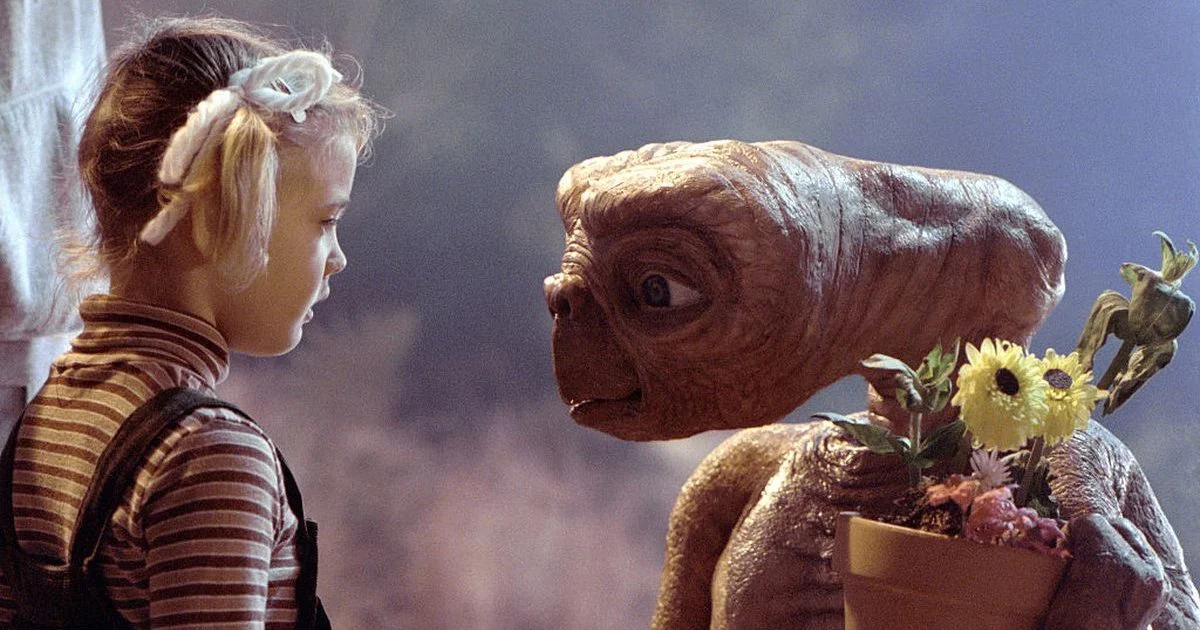
While Henry Thomas nailed his Elliot audition, Spielberg and colleagues had a little more trouble casting Gertie. Juliette Lewis and Sarah Michelle Gellar, both future stars, were among the young child actors evaluated. Drew Barrymore had only been in one film at the time, Altered States, in which she played William Hurt’s daughter. Barrymore had already auditioned for the lead part of Carol Anne in Poltergeist, so she knew Spielberg.
Heather O’Rourke was cast in this part instead, but Barrymore seemed to have made an impact on Spielberg. When Spielberg met Barrymore for E.T., he recalled her Poltergeist audition, in which she pretended to be a drummer in a band because “drummers are the coolest.” Spielberg thought her was lovely and thought she’d be a terrific fit for Gertie. After surviving an extremely rough upbringing, Barrymore became the director’s godfather while she was in her teens.
4. A Star Wars Easter egg has fueled fan theories that E.T. might be a Jedi
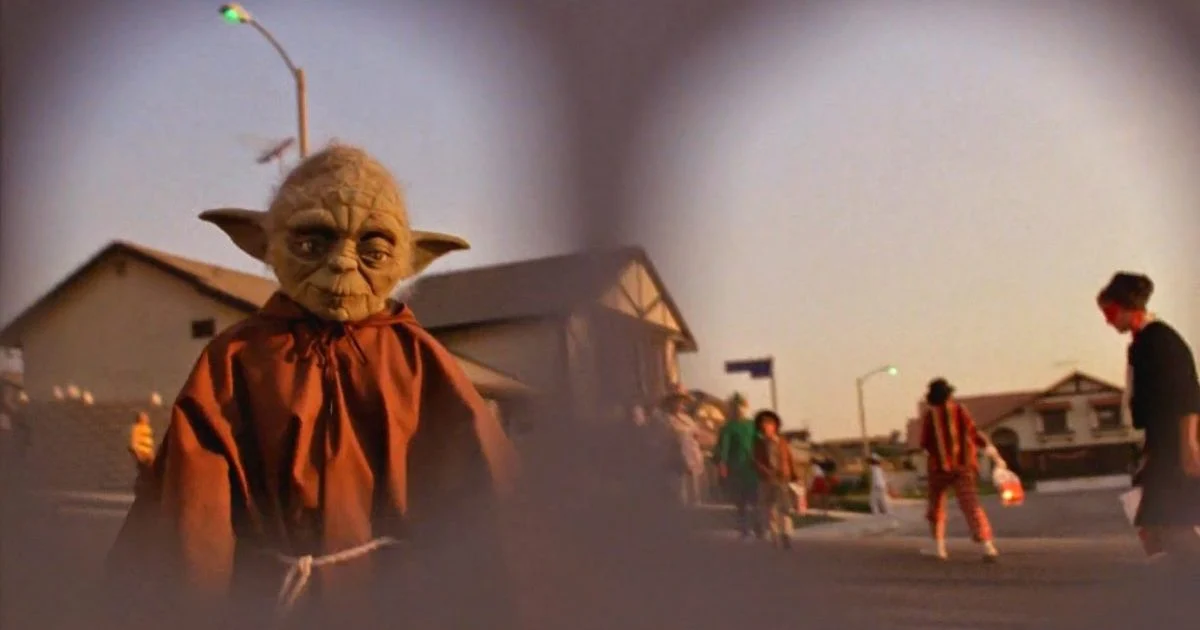
From E.T. unwittingly getting Elliot drunk during class to the classic pan over the toys in the closet to the bicycle basket flight in the conclusion, E.T. is packed of iconic sequences. The Halloween scene, in which E.T. goes trick-or-treating with a simple sheet over his head – and meets a figure known to cinema viewers – has become a fan favorite in recent years. Yes, Yoda, the Jedi Master immortalized by his appearance in The Empire Strikes Back, makes a brief appearance in E.T.
This playful allusion to Spielberg’s pal George Lucas’s work later prompted Lucas to reciprocate by including a species of E.T.-like aliens in several Star Wars prequel Senate scenes. Because E.T. appears to recognize Yoda and subsequently exhibits amazing superpowers like spontaneous healing and levitation, many have speculated that E.T. is a Jedi! We’ll let you determine if that’s the case, but there is another connection between the films: John Williams (who composed the soundtrack for the Star Wars films prior to E.T.) incorporates a fragment of Yoda’s theme into the music in this moment.
3. The movie was shot chronologically to get genuine emotional reactions from the child actors
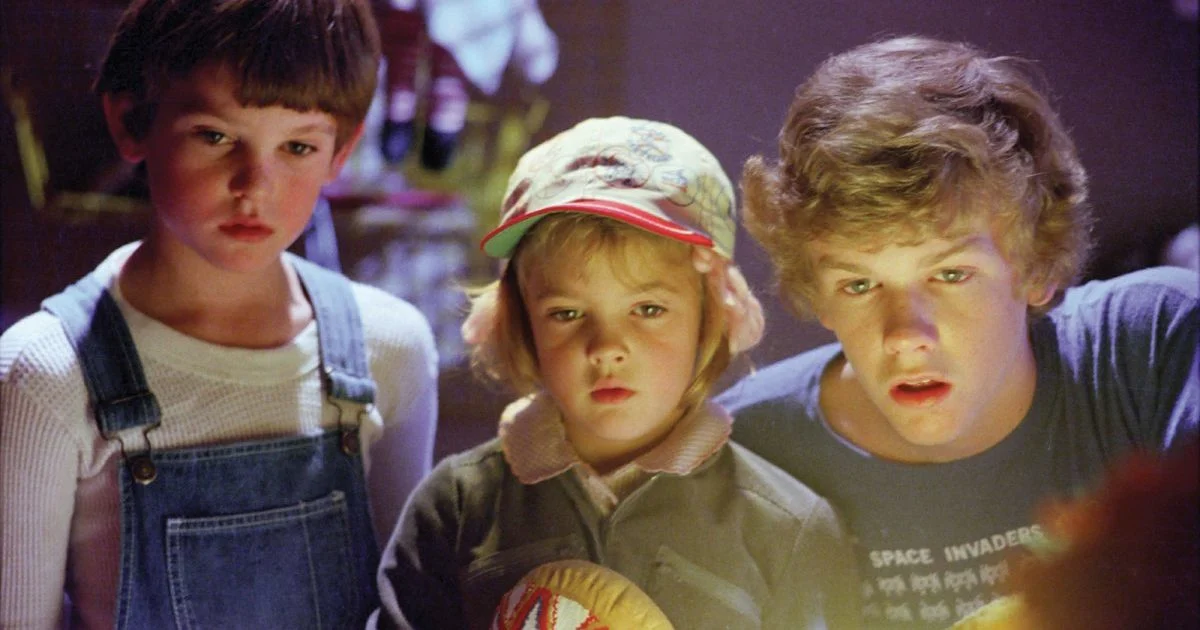
Steven Spielberg intended E.T. to be first and foremost a children’s film, and he made sure of it in a variety of ways. The lack of adult characters (apart from Dee Wallace as the mother and their school instructors) and the aforementioned use of low camera work to express a child’s view on the world are just a couple of examples. The most crucial aspect of producing a movie for kids, however, is capturing the youthful wonder and emotion of each scene, which was accomplished in an imaginative method on the set of E.T.
Despite the fact that filming all of the sequences in the movie in chronological order was not usual studio procedure since it was sometimes costly, Spielberg was dedicated to doing so. The young performers were able to communicate their emotional journey in a more natural manner as a result of this than if the sequences had been shot out of order. As a result, the film’s poignant ending sequences were the last to be shot, resulting in a lot of actual tears being shed on set, and not only by the young performers.
2. Poltergeist is E.T.’s dark sister movie
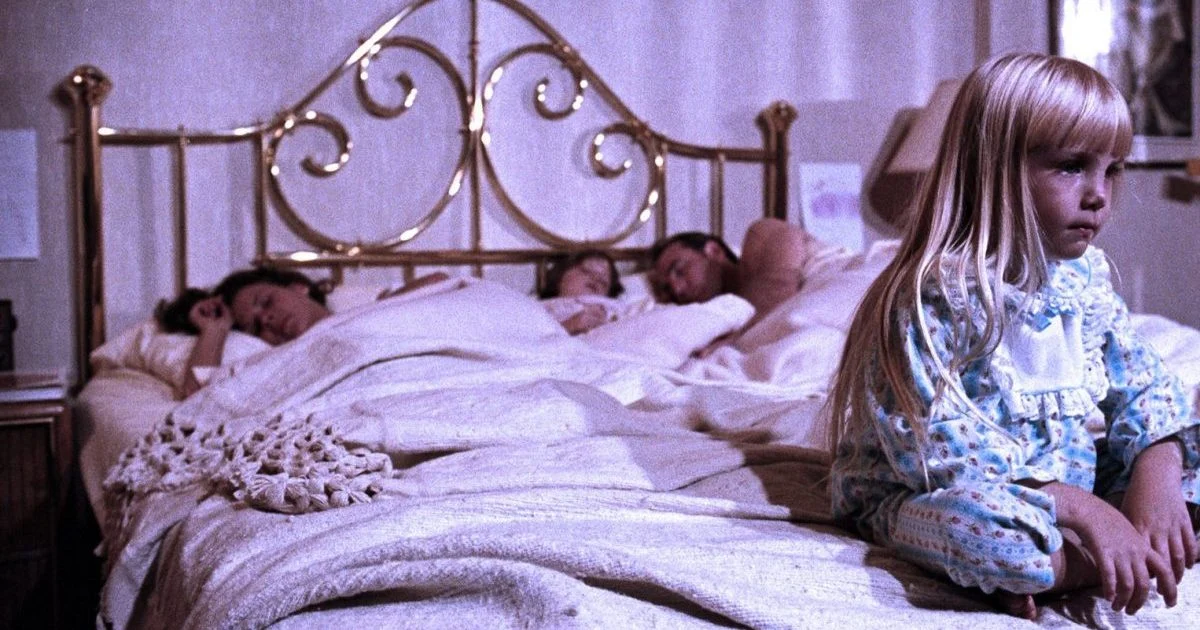
Apart from the fact that both films are directed by Steven Spielberg, there are few parallels between Poltergeist and E.T. the Extra-Terrestrial. The two films, however, have more in common than you may assume. On several times, Steven Spielberg has stated that he intended one to be a gloomy echo of the other. There are no rewards for guessing which of the two films is meant to be the dark echo and which is meant to be the light. Both E.T. and Poltergeist arose from a previously unfinished project by Spielberg following Close Encounters of the Third Kind: a dark sci-fi thriller named Night Skies.
Originally, Spielberg planned to helm both films, but a contractual issue prevented him from doing so. Tobe Hooper was then hired to direct Poltergeist, which Spielberg also wrote and produced. Both E.T. and Poltergeist show us strange things happening in a mundane suburban environment, but E.T. is a warm version of it, whilst Poltergeist is a nightmare. Only a few weeks after E.T., Poltergeist was released in theaters. There have long been rumors that Spielberg was the actual director of Poltergeist; according to reports, he was an exceptionally hands-on producer, and the crew would normally seek to him for guidance rather than Hooper for direction.
1. Henry Thomas’ parents thought his success was a fluke
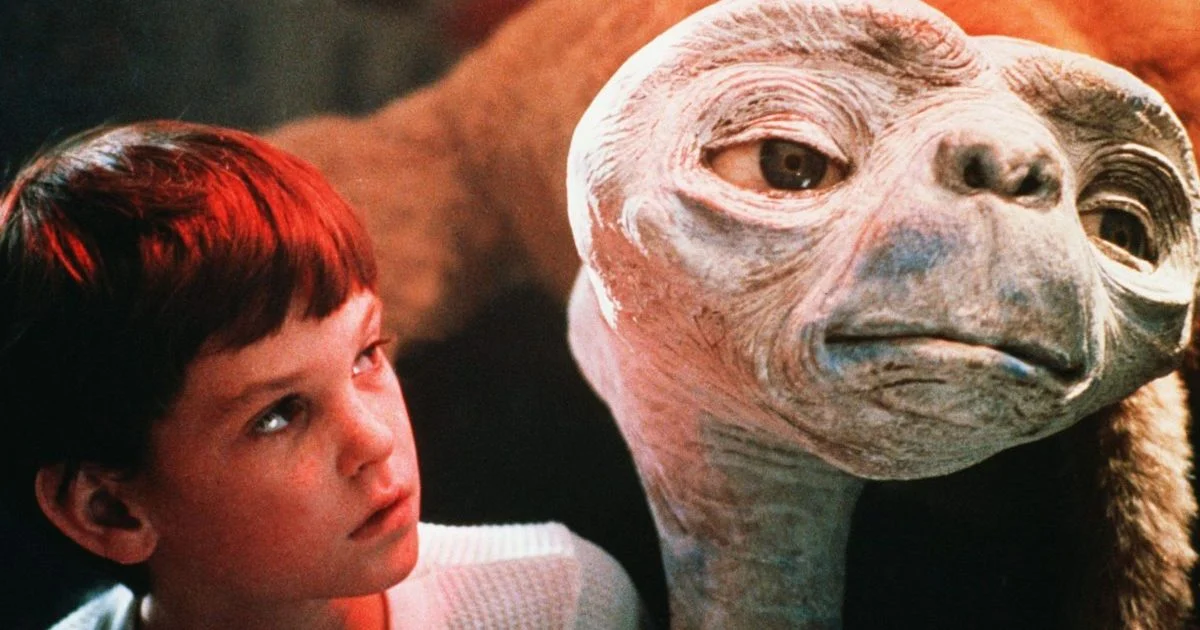
A child star’s success does not necessarily convert into an actor’s success as an adult — in fact, most of the time it does not. That’s because, even if a child makes a memorable performance in a film, the actor’s name is frequently forgotten. E.T. was a huge hit, thanks in large part to Henry Thomas’ acting abilities, despite the fact that he wasn’t even a teenager at the time. You’d think it would encourage his parents to embrace his desire of becoming a full-time actor, but the movie had the opposite effect.
Thomas’ parents believed it was a fluke that he received the part, and they refused to move to a neighborhood closer to Los Angeles in case he got his hopes up and was disappointed. Instead, Thomas had to wait until he was old enough to move out on his own before pursuing a career as an actor, which he eventually achieved. In the years afterwards, Thomas’ dedication to his passion has paid off. He recently acted as the devastated and frightened father in the enormously successful Netflix drama The Haunting of Hill House, among other things. In various moments, one of his children is seen carrying a vintage E.T. lunchbox, which is a homage to his prior role.
